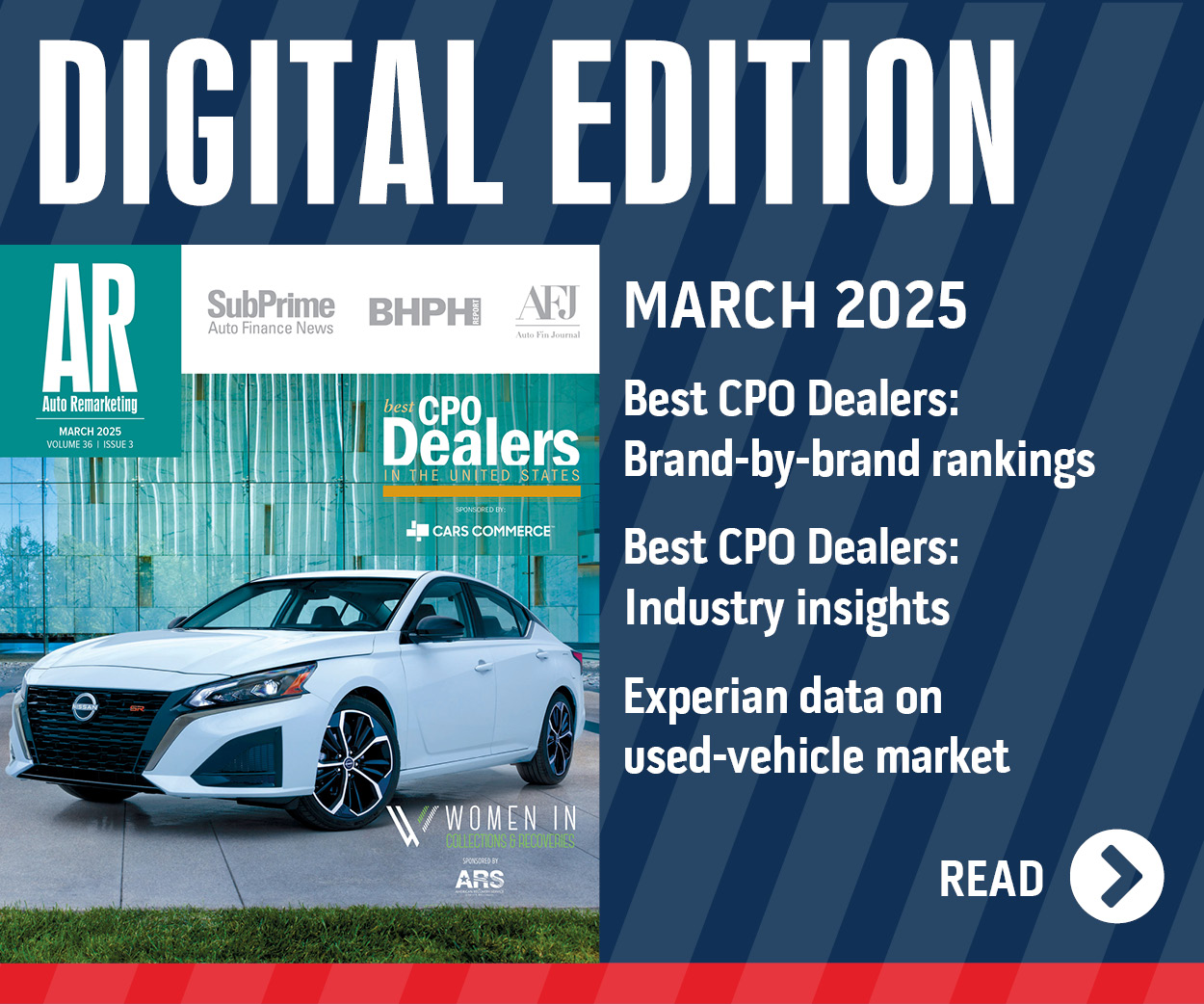COMMENTARY: How end of year & holidays dealer advertising will look different this year

Each year toward the end of November and throughout December, the world of automotive enjoys its own version of the holidays with its flurry of end-of-year and seasonal promotional advertising. These ads are plentiful on television and typically bring excitement with big sales and big red bows on cars and trucks.
Sure, the last few years have taken on a slightly different tone because of the pandemic, but this year’s ads are most likely going to again shift their tone and message for a number of reasons.
Inventory levels are slowly returning
For starters, inventory levels are coming back, which means there may be fewer ads offering pre-orders. More new cars and trucks are beginning to arrive at dealerships as the supply-chain problems begin to ease and auto makers look to increase factory output.
Adding to this changing inventory dynamic is the need to move 2022 model year vehicles still sitting on back order. These vehicles are still considered new, despite now being older. At some point early in 2023, manufacturers will need to work with dealer partners to finalize these and begin to move them – most likely at a discount. New legislation may have a direct impact on U.S. manufacturers gaining access to more chips. What better time to begin advertising these models than during the upcoming holidays.
More supply means reintroducing rebates
Because of the increasing supply of vehicles, manufacturers and dealer partners may also use the holiday season to reintroduce and promote end-of-year rebates and incentives offered on a variety of cars and trucks.
With inventories gradually increasing and more supply for consumers to choose from, it is inevitable that OEM incentives and rebates will be (re)introduced to influence consumer behavior. A resulting drop in transactional pricing on new vehicles will automatically influence the prices of used cars. A massive challenge can be expected as a result of negative equity in both new and used cars. This is nothing new – and the industry has been through this before.
These challenges may play a significant role in the type of messaging end-of-year dealership and manufacturing advertising displays on television, radio, online and social platforms.
EV advertising will also look different
The last area that may force advertising differences this year could be the way dealers and manufacturers position electric vehicles. While these were a significant focus of last year’s Super Bowl, and have been extremely prevalent on television ads through 2022, advertising messaging may look and feel different. Instead of focusing specifically on the wow factor of the particular vehicle’s features and benefits, this year holiday ads may instead talk about tax credits, the desire to switch from gas-powered to electric, and even the investments individual dealerships are making to cater to an EV-specific audience that wants to know they can have their vehicle serviced and maintained properly.
Advertising more on new digital channels
It’s not just the message that might be changing this holiday season, but where people see it. Sure, cable television is going to once again be a big player for holiday ads, and radio will again cater to a dedicated audience. However, streaming television, OTT platforms (connected television) and streaming audio should also see a larger share of ads this holiday season.
The first connected television (CTV) benefit is scale, where dealers can leverage large programming opportunities and access across major recognizable logos that have strong coverage across networks and devices during the holidays. Second, dealers and their partners in CTV are continuously working to understand the market penetration they are gaining or losing, and have access to unique data technology to ensure campaigns are on par with the reach of top cable providers.
These partners also offer dealers access to digital media purchase technology that leverages a Demand Side Platform (DSP), which is software that allows media buyers to buy each impression based on whether the viewer meets their audience parameters. They can also help ensure ad content is not played alongside or in tandem with violence or other sensitive subjects that would be detrimental to a dealer’s overall brand values. Each of these benefits can be significantly important during special times of the year, such as holidays, when promotions need to be ultra-timely.
Online campaigns this holiday season should leverage Google’s Performance Max technology more. The platform separates itself because it can complement keyword-focused search campaigns through automated bidding and targeting across all channels. All of this is critically important because ad tech is now turning data into information that can significantly impact profits. Attribution platforms are now grounded in serving the best ad to the right individual, at the right time, regardless of where they are online or where they are consuming media.
The platform allows digital advertising partners to leverage the best of Google’s automation capabilities (regardless of where they are found online) and serve them with a high-value creative message and offer. Some of these “best of” automations include smart bidding and finding new in-market customers.
Lastly, streaming audio will also receive more attention this season. For those unfamiliar with the medium, think of it as radio on-demand or a prerecorded audio program or show. It’s hosted on the web and available for download on personal computers or mobile devices to be listened to on demand — similar to how a person watches a show on Netflix. This platform has grown significantly and today is considered one of the most popular ways to listen to music and podcasts. Because of this, dealers have recognized it as a great channel for timely promotions with access to a very loyal audience with growing spending power — millennials.
Dealers that work with their digital advertising partners on proactive end-of-year and holiday advertising strategies will see better sales activity in November and December because they will be pushing the messages that resonate with car buyers on the right digital platforms.
Lauren Donalson is senior vice president of client experience and client services for PureCars. For more information, visit www.purecars.com.

 View The Latest Edition
View The Latest Edition

